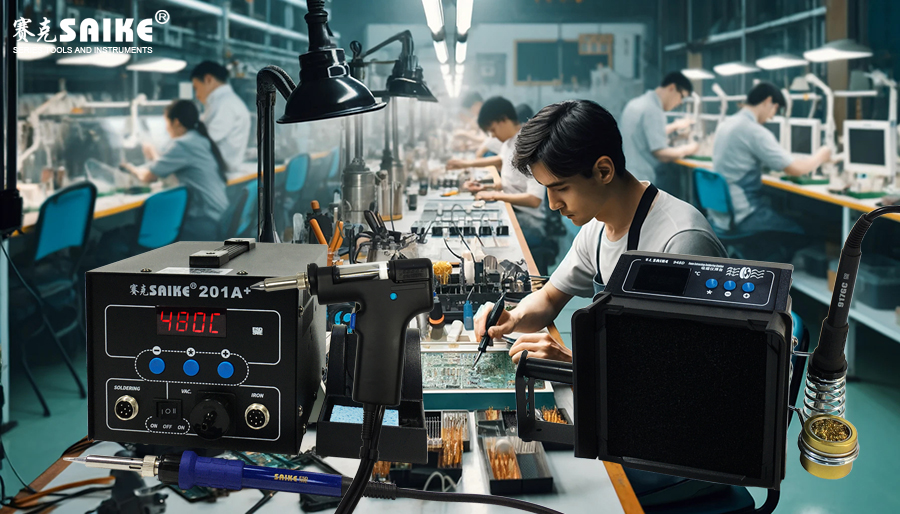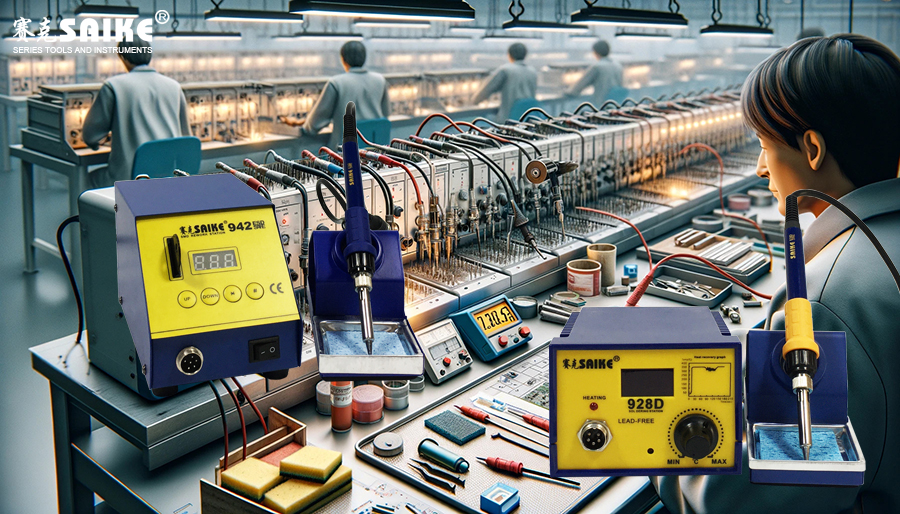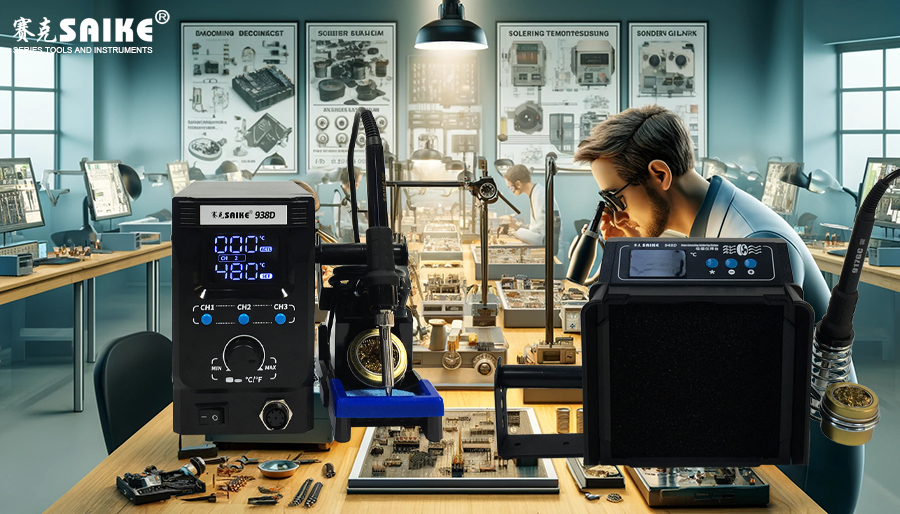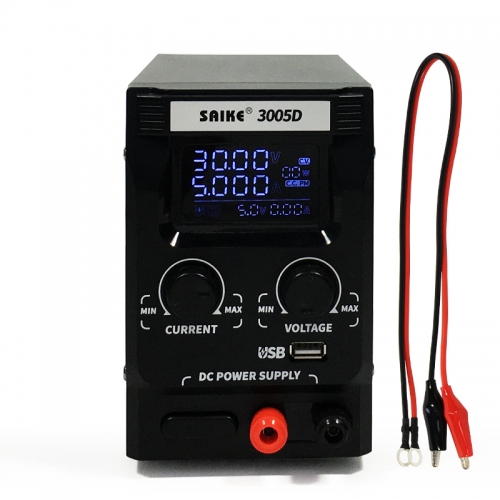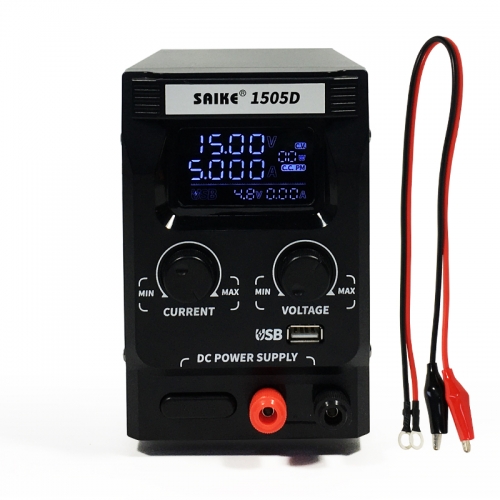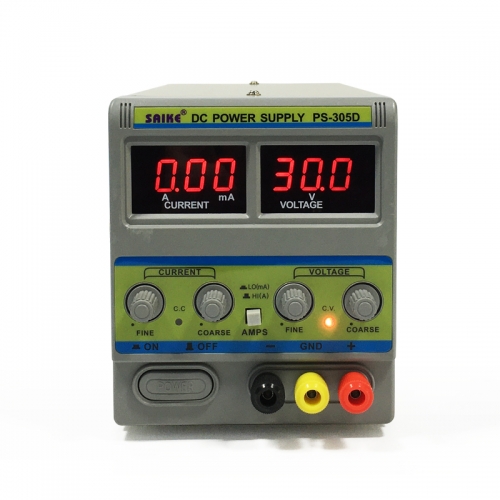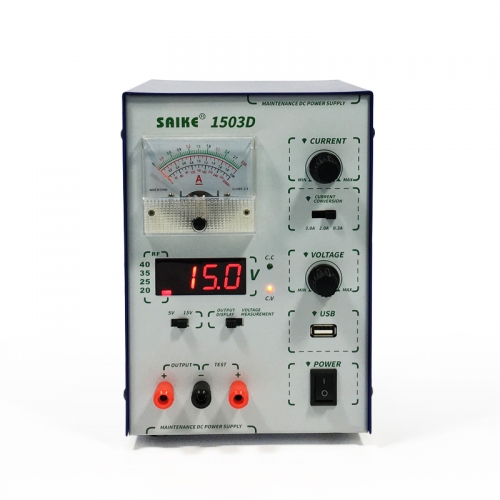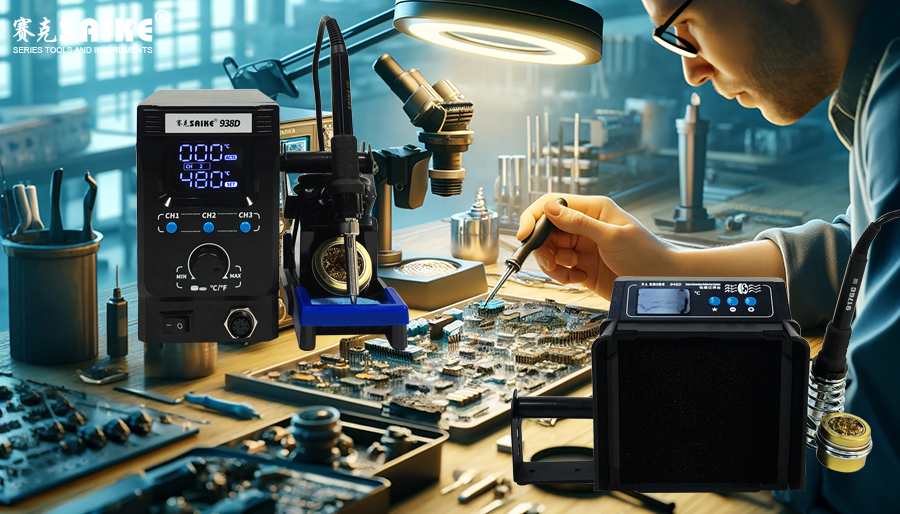
The inspection of soldering appearance quality is a crucial step to ensure the reliability and functionality of electronic products. Rigorous evaluation of soldering quality can prevent potential failures and improve product lifespan. This article will introduce the inspection process, evaluation criteria, and identification methods for common problems related to soldering appearance quality on the soldering station.
I. The Importance of Soldering Appearance Quality
The soldering appearance quality directly reflects the correctness of the soldering process and the reliability of solder joints. A good soldering appearance usually indicates that soldering parameters (such as temperature, time, solder, and flux usage) have been properly controlled. Additionally, excellent soldering appearance ensures the stability and long-term durability of electronic products during operation.
II. Basic Steps for Inspecting Soldering Appearance Quality
- Visual Inspection
- Structural Integrity
- Solder Distribution
III. Evaluation Criteria for Soldering Appearance Quality
- IPC Standards
Use standards from the International Electronics Manufacturing Initiative (IPC) to evaluate soldering quality. For example, IPC-A-610 is a commonly used standard for evaluating soldering quality in electronic assembly, which describes various soldering defects and acceptable conditions in detail.
- Internal Standards
Many companies have developed more stringent internal soldering quality standards based on their product characteristics and application areas.
IV. Common Soldering Defects and Solutions
- Cold Solder Joints and Weak Solder Joints
- Solder Overflow and Solder Bridges
V. Conclusion
Inspecting soldering appearance quality on the soldering station is a fundamental aspect of ensuring electronic product quality. Through careful visual inspection, structural integrity assessment, and observation of solder distribution, problems during the soldering process can be effectively identified and corrected. Additionally, following industry standards and continuously optimizing soldering processes are essential for improving soldering quality. These methods significantly enhance product reliability and performance, reducing maintenance costs in the later stages.

